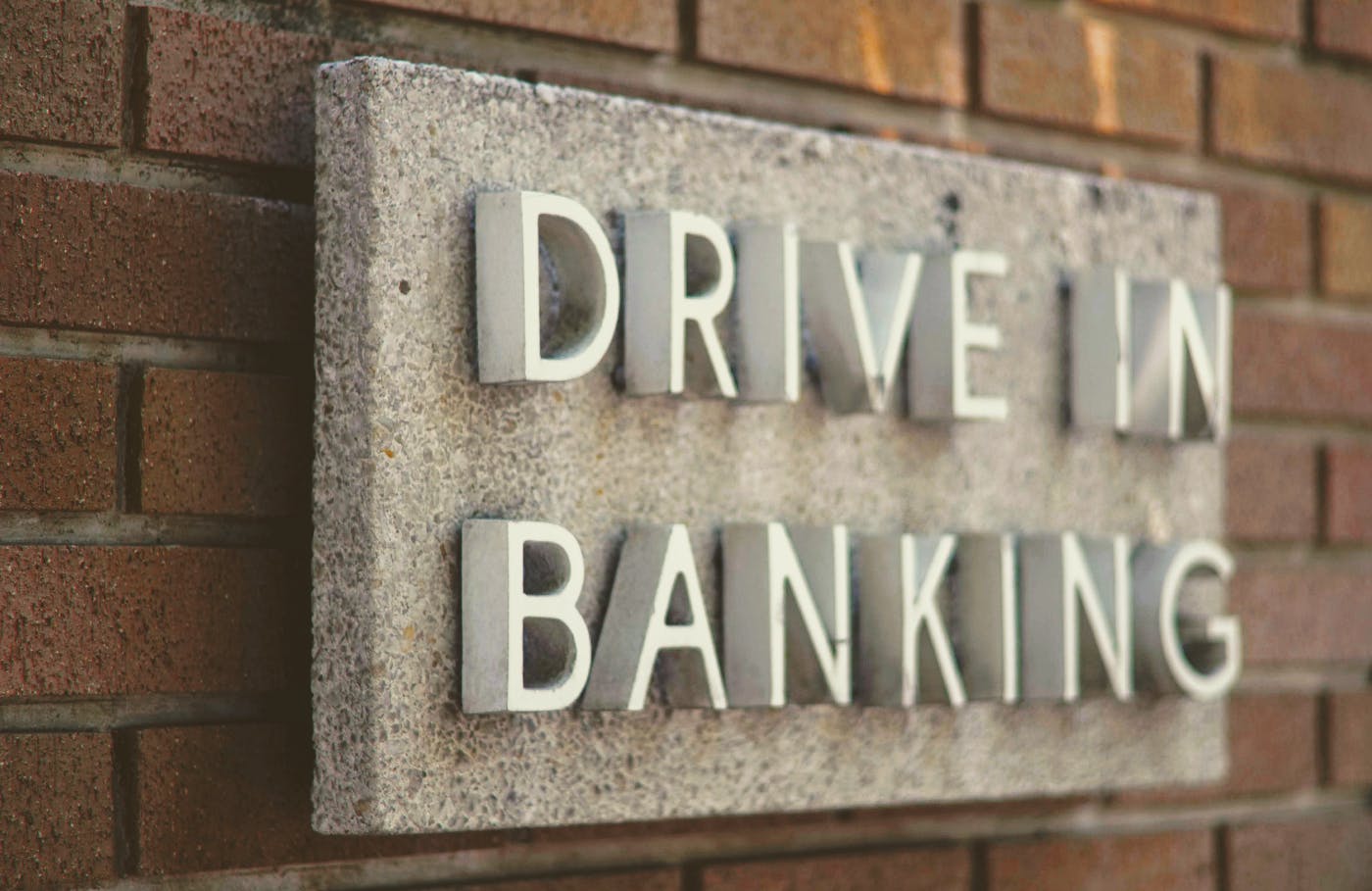
Blockchain technology has emerged as a revolutionary force that is reshaping various industries, and one sector that is particularly feeling its impact is finance.
Blockchain technology has emerged as a revolutionary force that is reshaping various industries, and one sector that is particularly feeling its impact is finance. With the rise of Web3, a decentralized and user-centric internet paradigm, blockchain technology is transforming traditional banking and paving the way for a more inclusive, transparent, and efficient financial system. In this article, we will explore the concept of Web3 and how blockchain is disrupting traditional banking, ushering in a new era of financial innovation.
Understanding Web3
Web3, also known as the decentralized web or the semantic web, represents a paradigm shift from the current Web2 model. While Web2 is characterized by centralized platforms and services, Web3 is built on the principles of decentralization, user empowerment, and data ownership. At the heart of Web3 is blockchain technology, which enables secure and transparent transactions without the need for intermediaries.
Blockchain Technology and Its Benefits
Blockchain, the underlying technology powering Web3, is a distributed ledger that records transactions across multiple computers, ensuring transparency, immutability, and security. Its decentralized nature eliminates the need for intermediaries, such as banks, in financial transactions. This disruptive technology brings several advantages to the traditional banking system:
a) Enhanced Security: Blockchain utilizes advanced cryptographic techniques, making it extremely difficult for malicious actors to tamper with transactional data. Each transaction is securely recorded on the blockchain, creating an auditable and tamper-proof system.
b) Transparency and Trust: Blockchain provides a transparent and immutable record of all transactions, which can be accessed and verified by anyone on the network. This transparency fosters trust among participants and reduces the need for intermediaries to validate transactions.
c) Cost Efficiency: By eliminating intermediaries and automating processes, blockchain reduces transaction costs associated with traditional banking. Smart contracts, and self-executing agreements coded on the blockchain, streamline and automate complex financial operations, saving time and money.

Disruption of Traditional Banking
The traditional banking system is built on centralized control and intermediation, resulting in inefficiencies, high fees, and limited access to financial services for many individuals and businesses. However, blockchain technology is disrupting this system in several ways:
a) Payments and Remittances: Blockchain-based cryptocurrencies, such as Bitcoin and Ethereum, enable peer-to-peer transactions without the need for traditional banking infrastructure. These cryptocurrencies provide a faster, cheaper, and borderless alternative for cross-border payments and remittances.
b) Decentralized Finance (DeFi): DeFi platforms leverage blockchain to provide a wide range of financial services, including lending, borrowing, trading, and asset management. These decentralized applications (dApps) operate on open protocols, allowing anyone to access financial services without the need for intermediaries. DeFi eliminates barriers to entry, enables financial inclusion, and offers greater control over personal financial assets.
c) Tokenization of Assets: Blockchain enables the fractional ownership and trading of real-world assets through tokenization. Assets such as real estate, art, and commodities can be represented as digital tokens on the blockchain, facilitating liquidity, transparency, and accessibility to a wider range of investors.
d) Identity and KYC Solutions: Blockchain-based identity systems offer more secure and efficient Know Your Customer (KYC) processes. Users can control their own identity data, reducing the risk of data breaches and identity theft while also streamlining compliance procedures for financial institutions.
Challenges and Considerations
While the potential of blockchain in disrupting traditional banking is immense, several challenges and considerations need to be addressed:
a) Scalability: Blockchain networks face scalability issues due to limited transaction throughput and high energy consumption. Solutions such as layer-two protocols and sharding are being developed to enhance scalability without compromising security.
b) Interoperability: Achieving interoperability between different blockchain networks and traditional banking systems is a complex task. Standardization efforts and the development of cross-chain protocols are necessary to enable seamless communication and data exchange.
c) Regulatory Frameworks: The decentralized nature of blockchain technology presents challenges for regulatory authorities. Establishing clear and effective regulatory frameworks that ensure compliance, protect users, and mitigate risks associated with blockchain-based financial services is essential.
d) Privacy and Security: While blockchain offers transparency and immutability, privacy and security concerns persist. Striking a balance between transparency and data protection is crucial. Advances in cryptographic techniques and privacy-preserving technologies are being explored to address these concerns.
e) User Experience: Improving the user experience is vital for widespread adoption of blockchain-based banking services. Simplifying the complexity of blockchain technology and providing user-friendly interfaces will be critical to attract and retain users.
f) Energy Consumption: Blockchain networks, particularly proof-of-work (PoW) based systems, consume significant amounts of energy. Exploring alternative consensus mechanisms with lower energy requirements, such as proof-of-stake (PoS), can help mitigate the environmental impact of blockchain technology.
g) Education and Awareness: Increasing awareness and understanding of blockchain technology among users, financial institutions, and regulators is crucial. Education initiatives, training programs, and collaborative efforts are needed to bridge the knowledge gap and promote informed decision-making.
h) Integration with Legacy Systems: Integrating blockchain with existing legacy systems poses challenges. Developing robust strategies for seamless integration, data migration, and ensuring backward compatibility will be necessary to facilitate the adoption of blockchain in traditional banking.
i) Governance and Consensus: Establishing effective governance mechanisms and achieving consensus among stakeholders in blockchain networks is critical. Addressing issues such as network governance, decision-making processes, and dispute resolution will contribute to the stability and long-term sustainability of blockchain-based banking solutions.
j) Ethical Considerations: The ethical implications of blockchain technology in banking must be carefully considered. Issues such as data ownership, consent, algorithmic bias, and social impact require attention to ensure the technology is deployed in a fair and responsible manner.

Summing Up
While blockchain has the potential to revolutionize traditional banking, it faces several challenges and considerations that need to be addressed. Scalability, interoperability, regulatory frameworks, privacy and security, user experience, energy consumption, education and awareness, integration with legacy systems, governance and consensus, and ethical considerations are all crucial areas that require ongoing research, innovation, and collaboration among stakeholders to unlock the full potential of blockchain in banking.
There’s a lot to digest and think about. This is the wave of technology that is currently pounding the shores of business. Is your brand ready? Talk to the folks at Thoughtlab, a full-service agency with experience in Web3. Get your brand and business ready and get into the waves.

